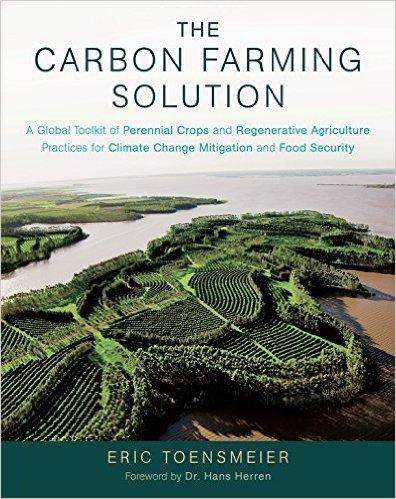





How permies.com works
What is a Mother Tree ?
 1
1















Seeking a long-term partner to establish forest garden. Keen to find that person and happy to just make some friends. http://www.permies.com/t/50938/singles/Male-Edinburgh-Scotland-seeks-soulmate




R Ranson wrote: so I get it, we need this chapter. I'm just really glad it's a short one
France Zone 7a 1025mm rain, 1900 sunshine hours.




Neil Layton wrote:
Is is too late? I suppose the question is "too late for what?" It's certainly already too late to stop a disrupted climate, with more droughts, bigger storms and catastrophic wildfires.
What it's not too late to do is ensure the situation does not become as bad as it could be. That means keeping carbon in the ground. This discussion is about trying to put as much as possible back in the ground.
France Zone 7a 1025mm rain, 1900 sunshine hours.
 1
1




Neil Layton wrote:
Is is too late? I suppose the question is "too late for what?" It's certainly already too late to stop a disrupted climate, with more droughts, bigger storms and catastrophic wildfires. Those are happening right now. Antarctica and Greenland are losing ice mass at an ever increasing rate leading to rises in sea level, and the sea ice in the Arctic is in a death spiral. People are already on the move having been driven off their land. The number of premature deaths due to climate change is already probably well into six figures annually: https://newrepermies.com/article/121032/map-climate-change-kills-more-people-worldwide-terrorism These things are happening now.











Seeking a long-term partner to establish forest garden. Keen to find that person and happy to just make some friends. http://www.permies.com/t/50938/singles/Male-Edinburgh-Scotland-seeks-soulmate















Seeking a long-term partner to establish forest garden. Keen to find that person and happy to just make some friends. http://www.permies.com/t/50938/singles/Male-Edinburgh-Scotland-seeks-soulmate

|
I found some pretty shells, some sea glass and this lovely tiny ad:
Learn Permaculture through a little hard work
https://wheaton-labs.com/bootcamp
|








